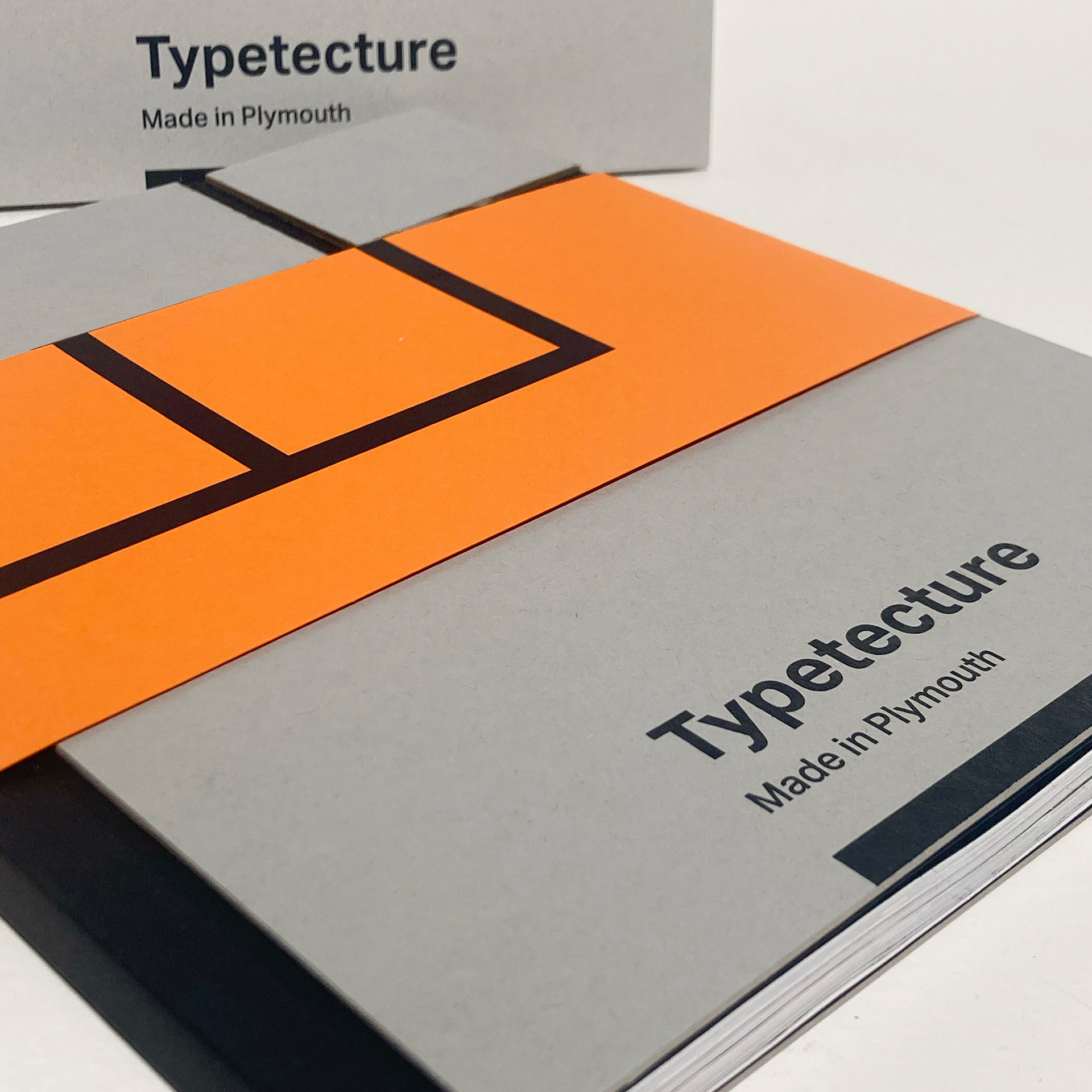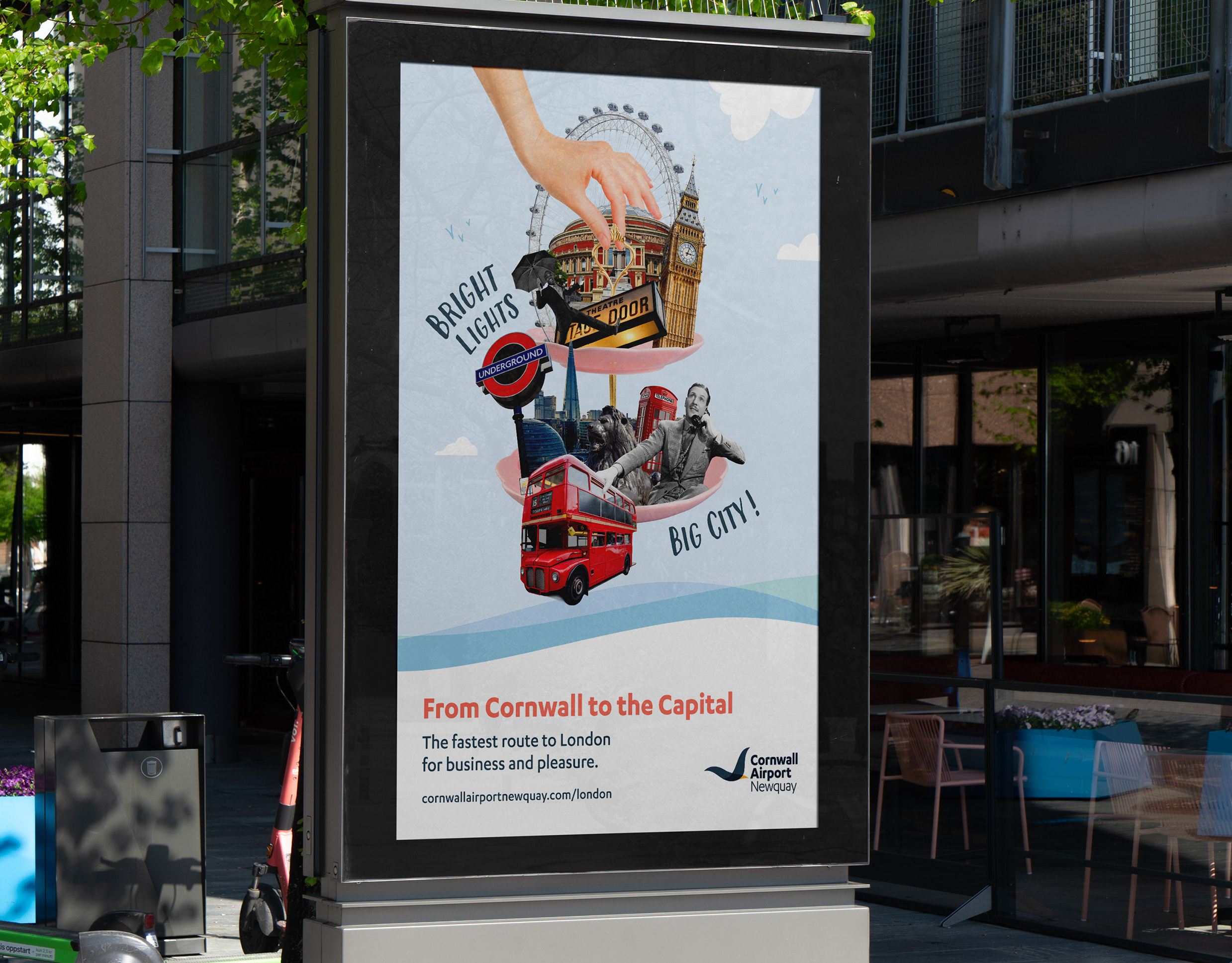Typetecture is a typographic homage to Plymouth City Centre architecture and Abercrombie's 'A Plan for Plymouth'. It is a bold, abstract, and architectural typography that is not intended to be readable; it evokes the idea of modernist architecture through pictorial language. The alphabet connects typography and architecture.
Plymouth was one of the most heavily bombed British cities during World War II. At that time, the government and the press censored coverage of its devastation, focusing on London and Coventry. In 1943, urban planner Patrick Abercrombie and engineer J. Paton Watson developed a comprehensive redevelopment plan in response to the urgent need for reconstruction. Inspired by the Beaux-Arts movement, Abercrombie’s vision for the city was a grand, symmetrical metropolis centred around a main road connecting the train station to the ocean.
Plymouth's City Centre remains a unique example of modernist architecture, notable for its use of materials and its classical aesthetic. The facades of buildings feature beautiful metaphorical and ocean-inspired reliefs.
The information acquired during the research allowed me to start sketching a bespoke alphabet inspired by the City. Urban elements such as manhole covers, cobblestone paths, and iconic buildings are the basics of the typography. The letterforms had to look square to represent the architecture of the City, which is why it was designed within a restrictive grid to pay homage to Abercrombie’s grid and illustrate the idea of modernism.
Typetecture es un homenaje tipográfico a la arquitectura del centro de Plymouth y al plan desarrollado por Abercrombie en 'A Plan for Plymouth'. Typetecture es una tipografia abstracta, audaz y arquitectónica que no pretende ser legible si no que evoca la arquitectura modernista de posquerra a través de un lenguaje pictórico.
Plymouth fue una de las ciudades más bombardeada durante la II Guerra Mundial en Reino Unido. Las noticias sobre la destrucción de Plymouth fueron censuradas tanto por el gobierno como los medios de la época centrandose en Londres y Coventry. En 1943 el prestigioso urbanista Patrick Abercrombie junto con el ingeniero civil J. Paton Watson desarrollaron un extenso plan de reconstrucción de la ciudad. Inspirado por el movimiento de 'Beaux-Arts', Abercrombie diseñó una gran metrópolis centrada en un eje central que unia la estación de tren con el oceáno.
El uso de los materiales como la piedra blanca, su estilo neoclásico y junto con los detalles marinos de sus fachadas han hecho del centro de Plymouth un ejemplo único de la arquitectura modernista de posquerra.
Toda la información adquirida durante el proceso de búsqueda me permitieron desarrollar un alfabeto inspirado por edificios icónicos y elementos arquitectónicos como el adoquinado. El alfabeto debía diseñarse en una plantilla cuadrada para homenajear e ilustrar la idea de modernismo que Abercrombie desarrolló.
















